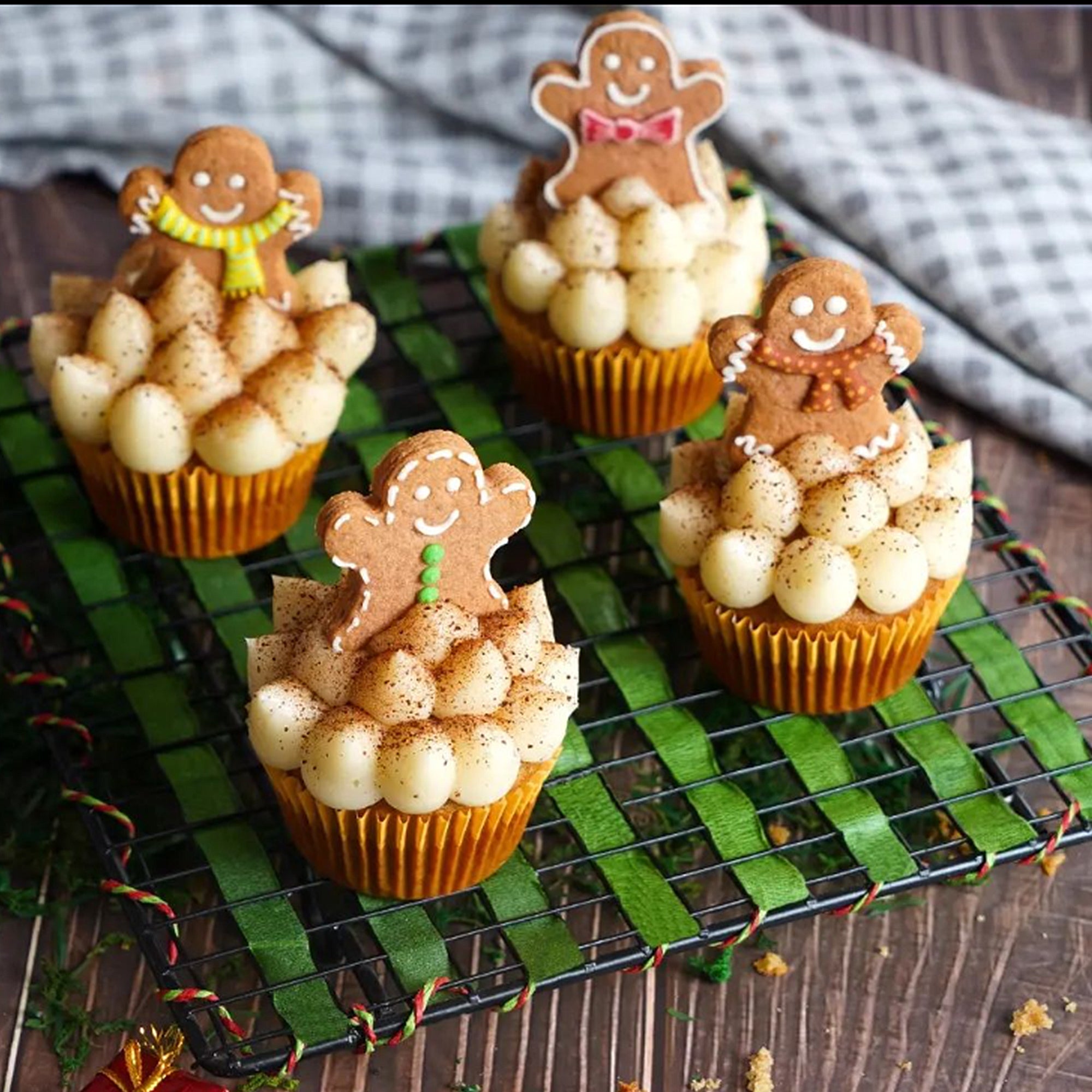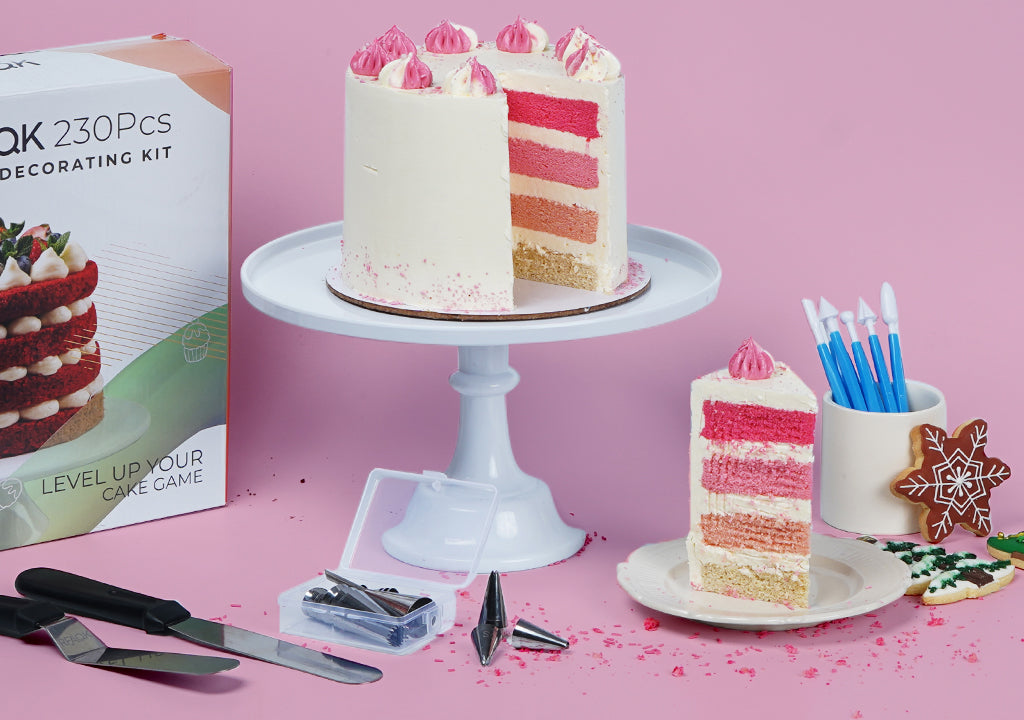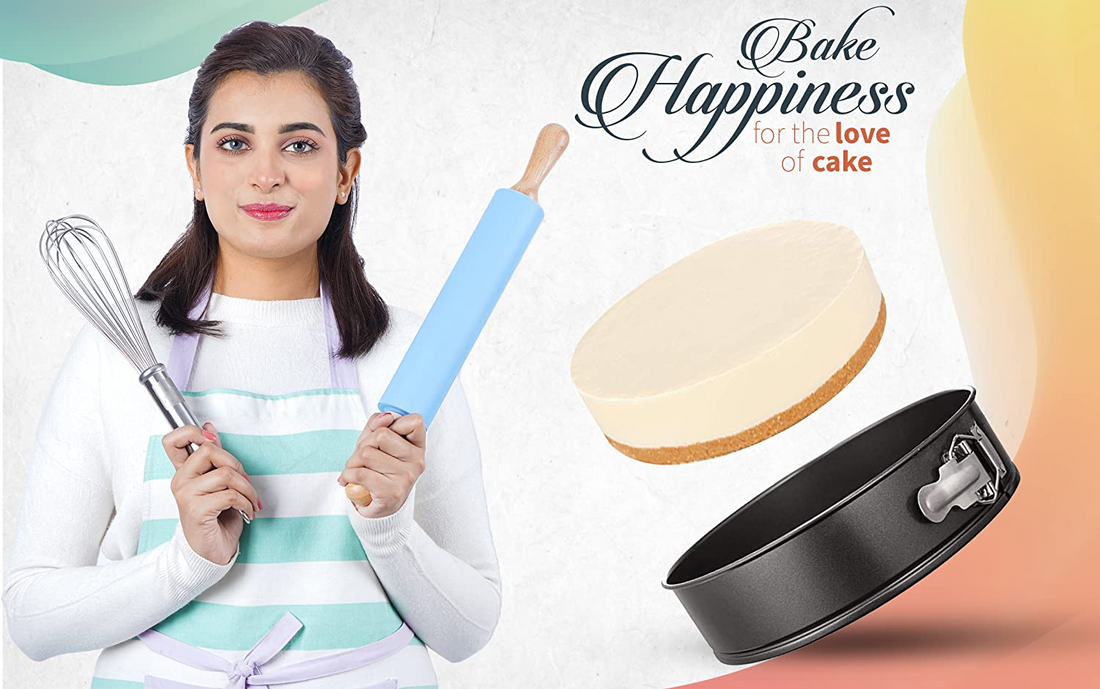Glass baking pans are the cat's meow for all you beginner bakers and cake masters out there. They spread the heat real even-like so your cakes don't get burnt on one side. And you can see right through them, so keeping tabs on how your sweet treats are coming along is a breeze.
But if you're a newbie to glassware or ain’t used to sliding glass pans in the oven, you might have some questions rattling around that noggin of yours. Well, buckle up, buttercups, because this blog post is gonna lay it all out for you nice and simple.
Using Glass Bakeware In The Oven - Quick Overview:➜ When baking with glass pans, choose ones that are oven-safe. PYREX pans made of borosilicate glass are best. This special glass can handle more heat than normal glass. ➜ Use glass pans 25 degrees cooler than the recipe says. Glass holds in heat, so your food may overcook at higher temps. ➜ Don't put a cold glass pan straight into a hot oven. Let it come to room temperature first. You can also put the pan on an unheated baking sheet. Always preheat the oven fully too. This prevents cracking. ➜ Use a hot pad or wood board when taking the glass pan out. The pan will be very hot! A towel or trivet works too. This stops the glass from breaking. |
Checking If The Glass Pan Is Oven Safe
When it comes to baking, not all glass pans are created equal. The everyday glassware we use for serving won't cut it once you slide it into a hot oven. At high temperatures, ordinary glass can shatter, especially between 150 and 200 degrees Celsius.
Therefore, before sliding that pretty glass dish into the oven, check that it's oven-safe. Flip over the glass pan to look for "oven-safe" markings imprinted on the bottom. If the manufacturer says a pan is good for baking and broiling, you can trust it.
For sturdier options, turn to Pyrex or borosilicate glass. Pyrex holds up to around 220 degrees Celsius, suitable for most recipes. Meanwhile, borosilicate glass is even more heat-resistant, a reliable choice when cranking up the oven higher. There's also tempered glass, famed for its durability, which bakes without breaking under the intensity.
💡 We Highly Recommend PYREX Glass Pans for Baking
When it comes to baking, PYREX glass pans are highly recommended. These durable pans perform excellently in ovens, making them a favorite of professional chefs.
Now, hold your horses, ‘cause there’s a twist in the tale.
Many don't realize there are two Pyrex brands: one with "Pyrex" and one with "PYREX". The PYREX pans with all-caps branding are superior. Those capital letters are shouting for a reason!
Here’s the scoop: Both the “PYREX” and “Pyrex” logos are licensed to various companies by Corning. So quality and materials may vary across glass pans bearing these marks.
The original PYREX pans are made from resilient borosilicate glass. Pans branded "PYREX" in all caps are made of this high-quality material. Conversely, pans labeled “Pyrex" use tempered soda-lime glass. Though oven-safe, these are less durable than borosilicate PYREX.
So, for all you bakers out there looking to get your mitts on a glass pan that won’t throw in the towel, remember: it’s all in the name. Bet your bottom dollar on the all-caps PYREX, and your baked goodies will be golden.
Adjusting The Oven’s Temperature To The Glass Pan
Metal pans have long been the go-to for bakers, providing even heat distribution for perfectly textured baked goods.
Yet, some recipes–think the comforting casseroles, silky puddings, and the classic pies and cobblers–specifically call for glass-made baking pans.
When a recipe specifically recommends a glass pan, it’s important to follow the suggested methods and adhere to the recommended temperatures to ensure the dish is cooked safely and correctly.
However, life’s a bowl of cherries. And sometimes you only have a glass pan when a metal one is recommended.
In these cases, tweak the process.
Glass warms slower than metal, but retains heat longer after baking. So desserts continue cooking after oven removal.
So prevent overbaking by lowering the temperature by about 25 degrees.
For instance, if a cake calls for 350°C in metal, use 325°C in glass instead. This little jig accounts for extended heat retention, ensuring baked goods turn out right.
The rule is simple - when swapping glass for metal, reduce the temperature by 25 degrees to avoid overcooking.
Rules for Inserting The Glass Pan In The Oven
Glassware used for baking needs to be handled with care when it comes to changes in temperature.
A glass pan tends to experience "thermal shock" - sudden, extreme shifts from very hot to very cold and back again. This shock can lead to cracks or even complete shattering of the glass. To avoid this, try to prevent wild swings in temperature.
For example, don't take a cold glass pan straight from the refrigerator and place it directly into a hot oven. This dramatic change from icy to piping hot puts too much strain on the glass, and could cause it to break.
If the baking pan has been chilled in the fridge, let it sit on the counter for 30-60 minutes before putting it in the preheated oven. This allows the glass and food to come closer to room temperature first. Seasoned bakers say they've never had a glass dish shatter when using this method. So, as long as the glass doesn't go right from fridge to oven, it should remain intact.
For extra assurance, you can add a buffer when putting the glassware into the hot oven. Place the pan on top of an unheated metal baking sheet before sliding it into the oven. This helps prevent abrupt temperature spikes that could damage the glass. This little trick smooths out any sudden spikes in temperature, keeping your glassware safe from shattering.
🤔 Should we put glass pans straight into a hot oven? The bakers say so. But won't the sudden heat crack the pans?
When it comes to baking with glass pans, many of us think it's best to start with a cold oven and let it heat gradually along with the pan. However, experts and glass pan manufacturers recommend preheating your oven before putting a glass pan inside. Here's the reason why.
Preheating allows the oven to reach an even, consistent temperature throughout before the glass pan goes in. This prevents sudden shifts from room temperature to hot which could shock and crack the glass. Instead, the pan heats gradually along with the already-warmed oven.
On the flip side, putting a glass pan in a cold oven creates spikes of heat as some areas become much hotter than others. These intense temperature differences within the glass lead to uneven expansion and stress fractures.
But when you preheat, the glass pan enters an environment with no variations in temperature. The heat envelops the pan evenly, bringing it up to temperature gently with no risks of shocking.
So for happy baking and unbroken glassware, listen to the pros and take the time to preheat. Your pans will thank you!
Taking The Glass Pan Out Of The Oven
When handling hot glassware straight from the oven or stove, you gotta be careful where you set it down.
Never just plop that piping hot pan or baking dish right on the cold counter or stovetop. That's asking for trouble.
Instead, lay down a towel, cutting board, or cooling rack first to cushion the landing. See, those cold, wet surfaces put a lot of sudden stress on the hot glass, making cracks and breaks way more likely. But a little insulation lets the heat dissipate nice and gradual-like.
Trust me, taking the time to set hot items down properly will save you a big mess in the kitchen later.
In addition, don't throw frozen stuff into a hot pan either. Going from one extreme temp to another can also crack the glass. Play it safe and you'll avoid a kitchen catastrophe.
Are Glass Pans Useful In 2024?
Yes, glass pans are extremely useful components of baking. Here's why:
👉 Glass pans distribute heat more evenly. The smooth glass surface allows heat to spread across the bottom and up the sides without any hot or cold spots like you can get with metal. This means your dishes bake perfectly evenly from edge to edge when using glass.
👉 Foods also bake faster in glass pans. With no hot or cold spots, the heat energy gets transferred efficiently into the food. Your casseroles and baked goods will cook quickly, saving you time and energy.
👉 Glass is nonporous. Unlike porous metal, glass doesn't retain odors or flavors. Your sweet dessert won't pick up notes of last night's fish dinner. And no chemicals from the pan will seep into your food.
👉 Another big advantage of glass over metal is that glass doesn't rust. Metal pans can develop rust spots over time from moisture and acids in foods. But glass provides a non-reactive and rust-free surface for all your baking needs. You'll never have to scrub rust or deal with metallic flavors in your food when baking in glass.
So if evenly baked, fast cooking, rust-free results sound good to you, then glass bakeware is useful in the kitchen.
Final Notes for Bakers Using Glass Pans
And that's a wrap!
My best advice: If you’re baking with glass pans, make sure they’re PYREX and can stand the oven’s heat. Turn the oven down 25 degrees from what your recipe says, so your food cooks just right. Let your pan warm up a bit before you put it in the oven, so it doesn’t crack. Stay safe and enjoy your baking.



























